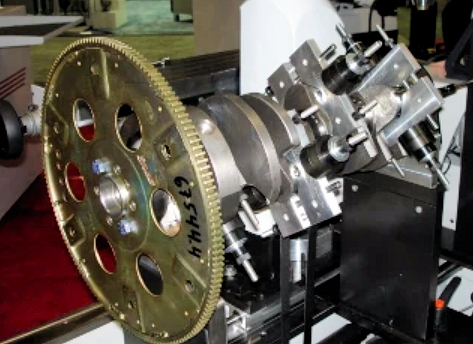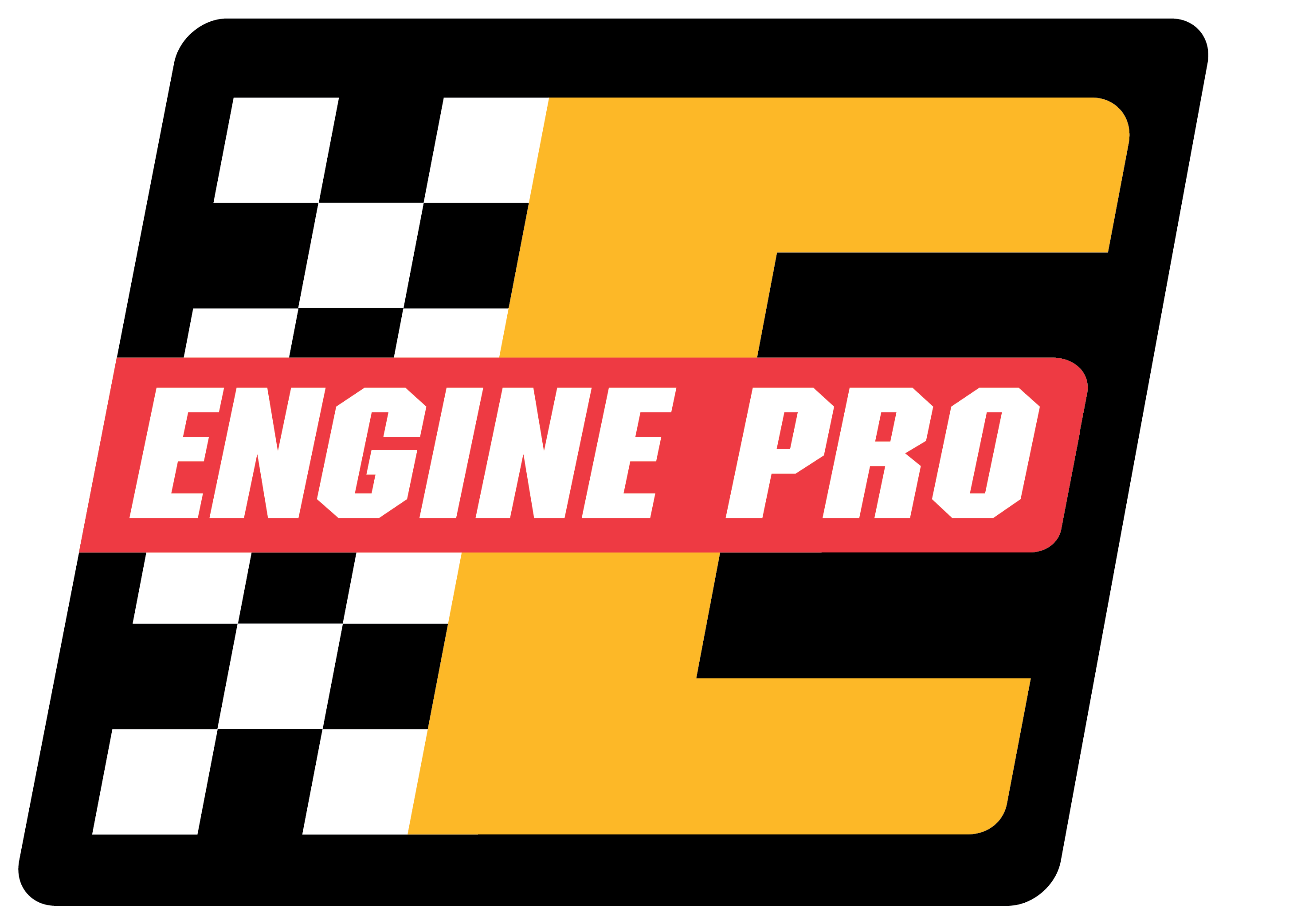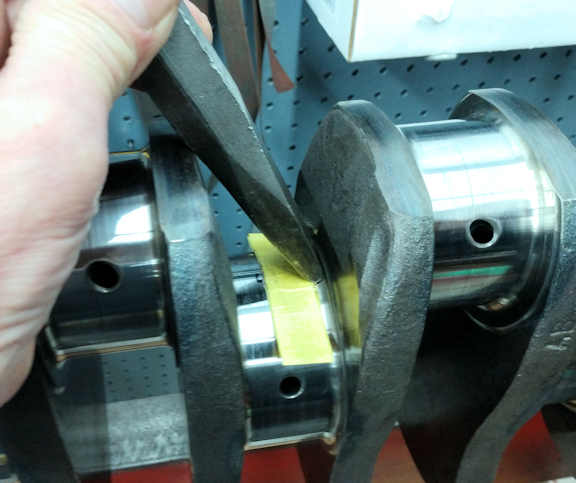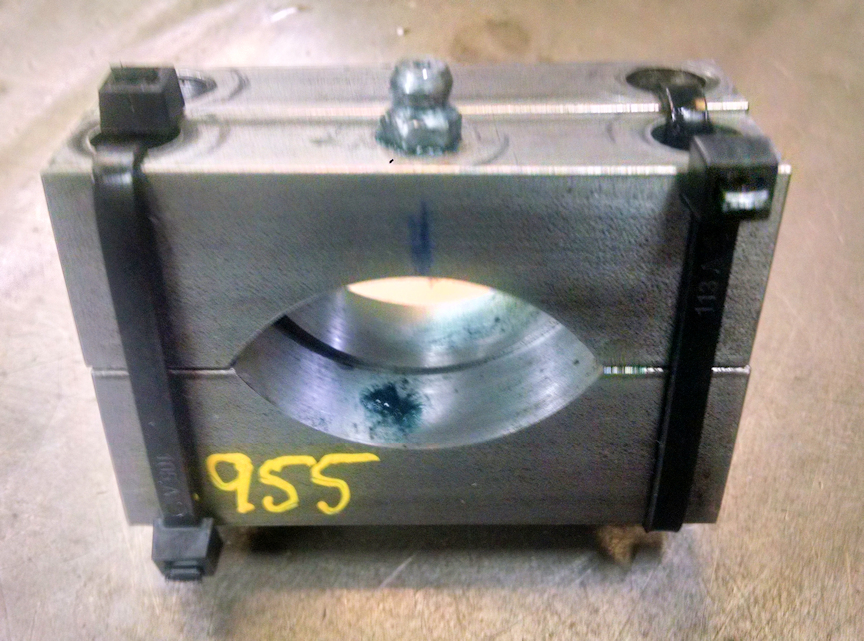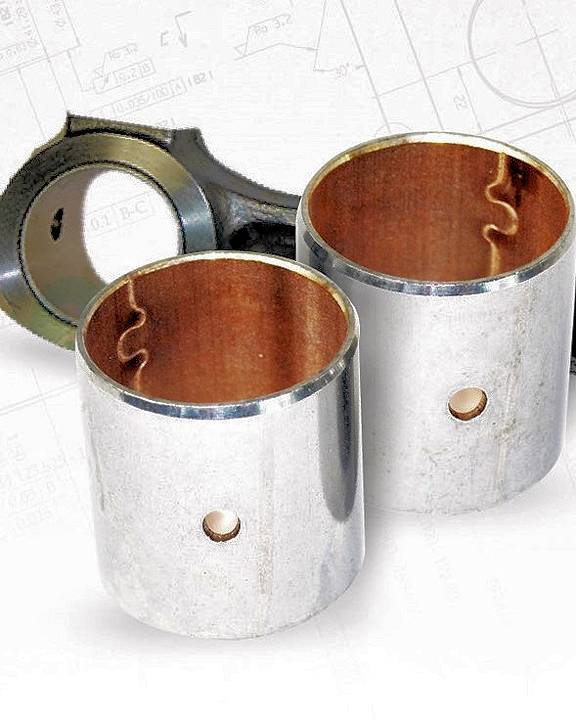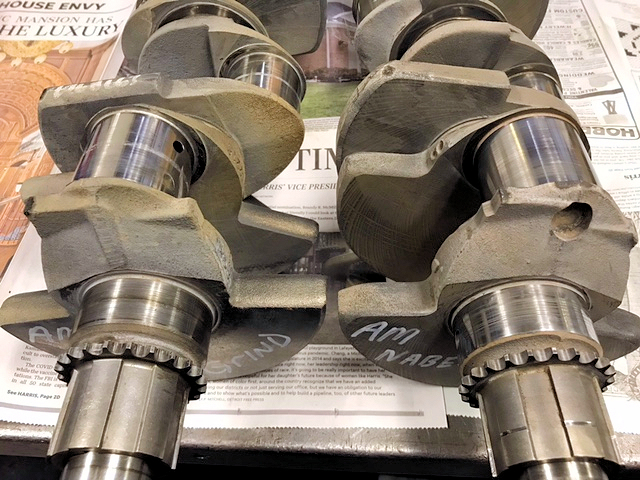EXTERNAL BALANCING ACT When balancing a crankshaft that has a flexplate or flywheel, make sure it fits snugly and there is no lateral movement. Any play can cause the balance not to repeat when the flex/flywheel has been removed and installed. I like to center them up...
